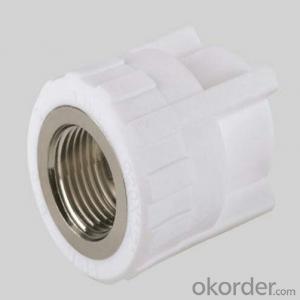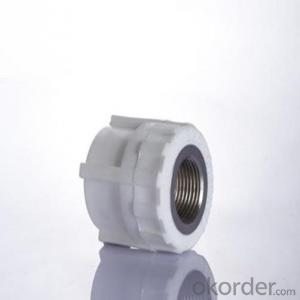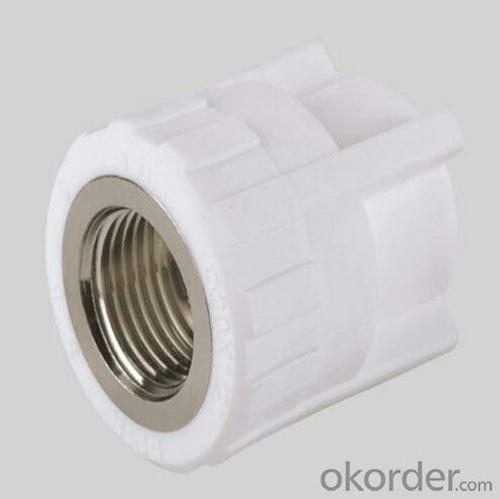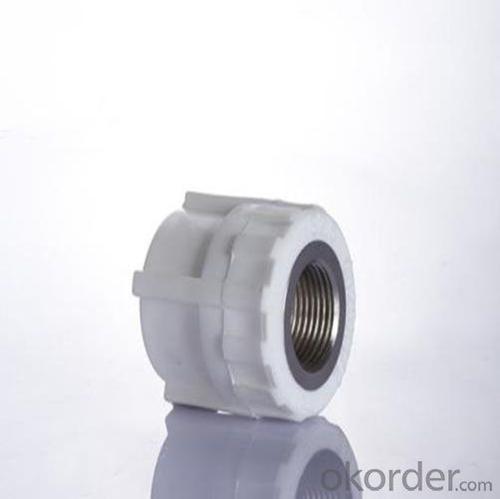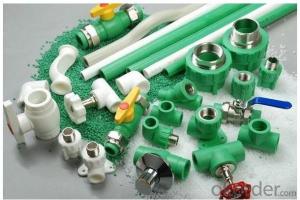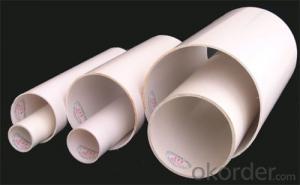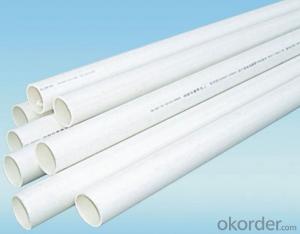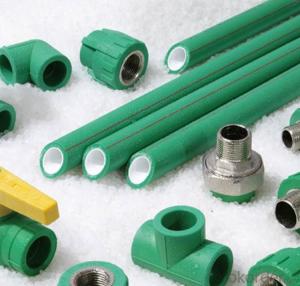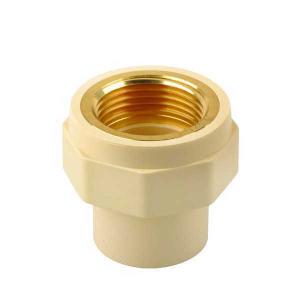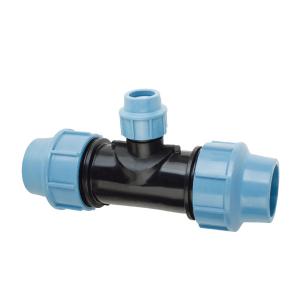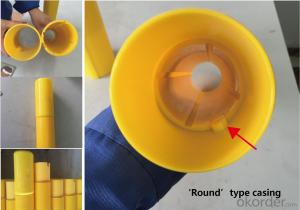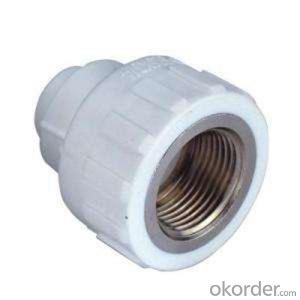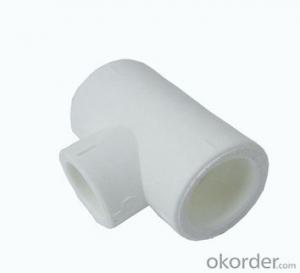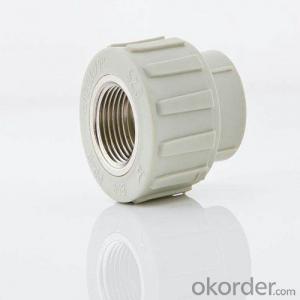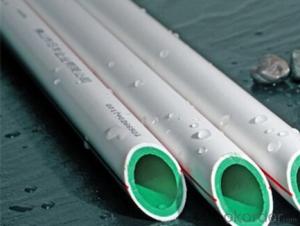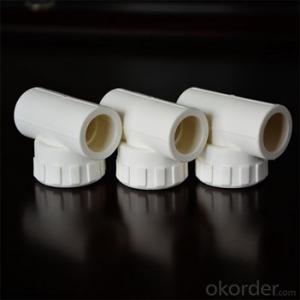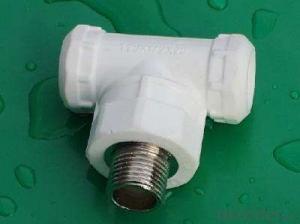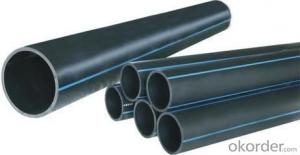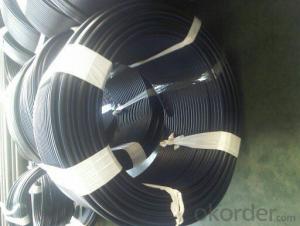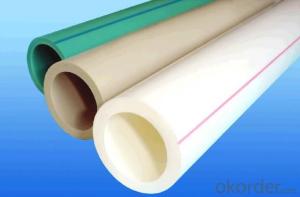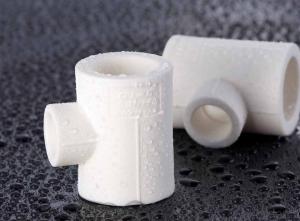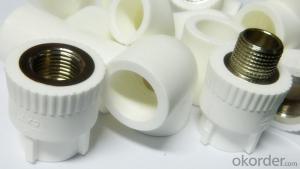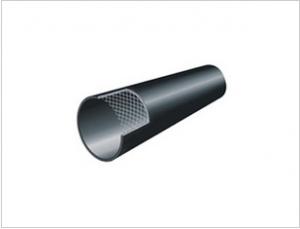Home Depot PPR Equal Coupling Fittings for Industrial Application in 2024
- Loading Port:
- Shanghai
- Payment Terms:
- TT OR LC
- Min Order Qty:
- 1000 pc
- Supply Capability:
- 100000 pc/month
OKorder Service Pledge
OKorder Financial Service
You Might Also Like
Product Overview
1) Cold / hot water supply facilities for public buildings
2) Food, chemical, electronic industry pipeline networks; Such as Pipeline networks for transporting all kinds of corrosive liquids
3) Drinking water production system pipeline networks; Such as Pure water and mineral water
4) Air conditioning facility pipelines
5) Compressed gas pipeline networks for industry
6) Pipeline networks for swimming pools
7) Pipeline networks for solar energy facilities
8) Agriculture and garden production transporting systems
Why choose us?
(1) Professional factory: We are manufacturer, specializing in manufacturing multilayer PP-R, PE pipe and PP-R, PE pipe fittings for more than13 years, our price is competitive with high quality. And we can delivery product in quick way.
(2) Sample: We can send samples out in 3 days, but the express charge usually paid by your side, but the fee will be rebound when we have formal order.
(3) Rapid response to your needs: We will be answer within 24 hours. Welcome to contact with us if you have any problems. We are looking to cooperating with you.
(4) We hope we can establish long-term and mutual benefit business relation with you. If you have any problem, please kindly feel free to contact me. I will try the best to help you!
Product Description
Pressure | Size(mm) | Pressure | Size(mm) |
PN1.25MPA | 20*2.0 |
PN1.6MPA | 20*2.3 |
25*2.3 | 25*2.8 | ||
32*2.9 | 32*3.6 | ||
40*3.7 | 40*4.5 | ||
50*4.6 | 50*5.6 | ||
63*5.8 | 63*7.1 | ||
75*6.8 | 75*8.4 | ||
90*8.2 | 90*10.1 | ||
110*10.0 | 110*12.3 |
Product Show
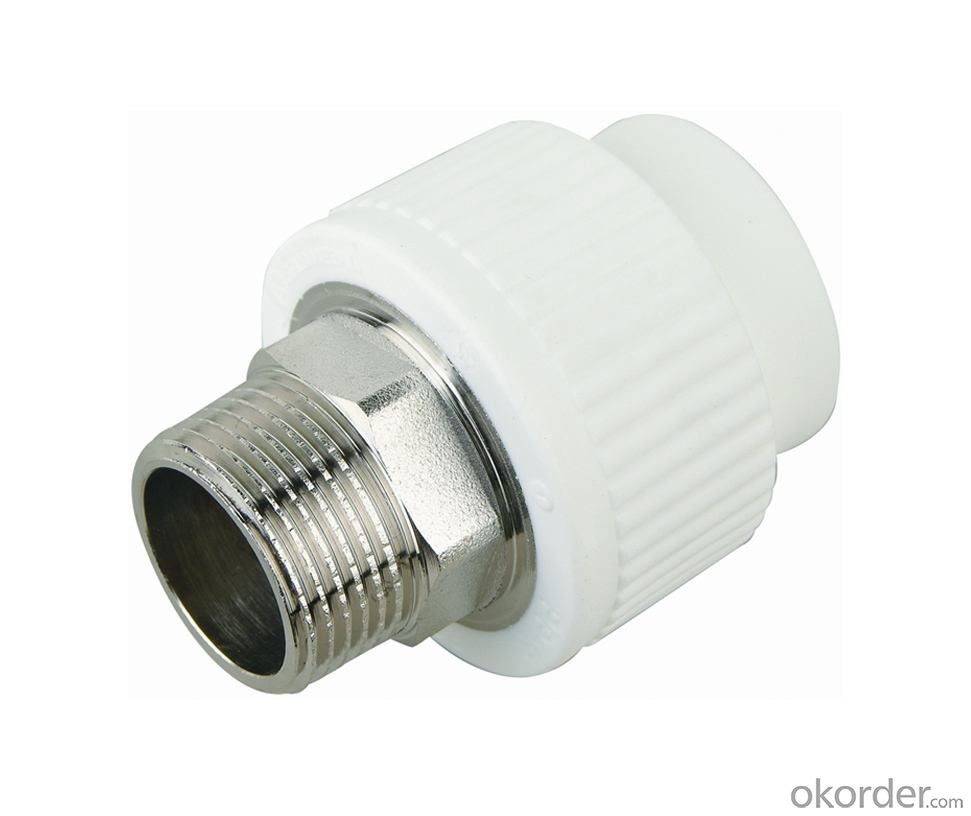
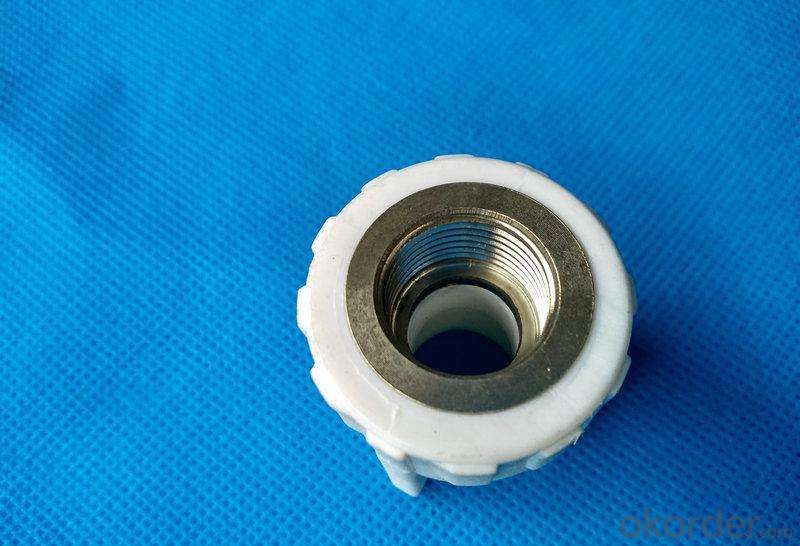
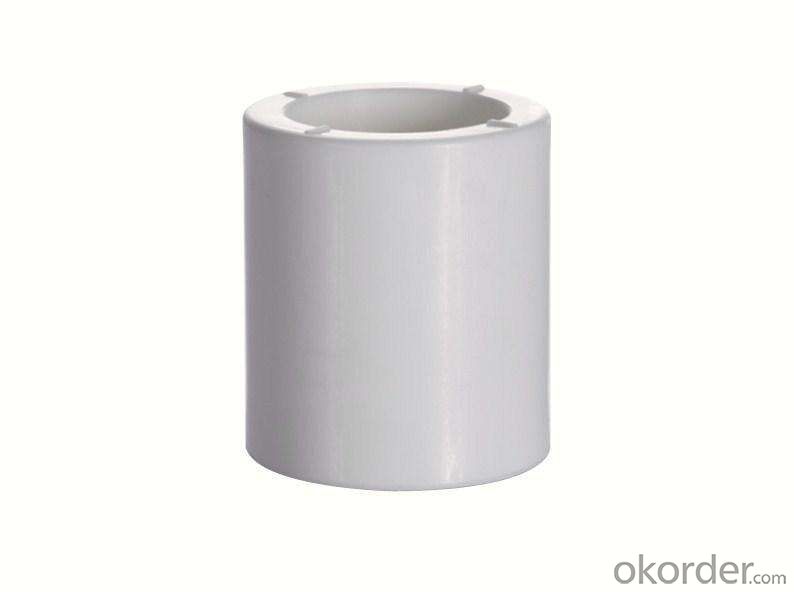
Our Services
1. OEM Manufacturing welcome: Product, Package...
2. Sample order
3. We will reply you for your inquiry in 24 hours.
4. after sending, we will track the products for you once every two days, until you get the products. When you got the
goods, test them, and give me a feedback.If you have any questions about the problem, contact with us, we will offer
the solve way for you.
- Q: Can plastic pipe fittings be used for both hot and cold water applications?
- Yes, plastic pipe fittings can be used for both hot and cold water applications. They are designed to withstand a wide range of temperatures and are commonly used in plumbing systems for residential and commercial buildings. However, it's important to ensure that the plastic fittings are specifically labeled and certified for hot water use to ensure their durability and safety.
- Q: May I ask whether the steel mesh skeleton plastic composite pipe can be installed as the same PE
- Wire mesh frame plastic (polyethylene) composite pipe with high strength steel wire winding distribution in pipes for reinforced skeleton, the outer and inner layers with high density polyethylene matrix, and the new environmental protection hot melt adhesive composite by continuous extrusion tube
- Q: Can plastic pipe fittings be used in fire-rated systems?
- No, plastic pipe fittings cannot be used in fire-rated systems. Fire-rated systems require fittings made of materials that are resistant to fire and can withstand high temperatures.
- Q: How do you remove a plastic pipe fitting?
- To remove a plastic pipe fitting, you typically need to follow these steps: 1. Turn off the water supply: Locate the main water valve and shut it off to prevent any leaks or water flow while removing the fitting. 2. Drain the pipe: Open a faucet or valve downstream from the fitting to drain any water remaining in the pipe. 3. Cut the pipe: Using a pipe cutter or hacksaw, carefully cut the plastic pipe on both sides of the fitting. Be cautious not to damage the adjacent pipe or the fitting itself. 4. Loosen the fittings: Depending on the type of fitting, you may need to use a wrench or pliers to loosen and remove any nuts, clamps, or rings securing the fitting to the pipe. 5. Separate the fitting: Once the nuts/clamps are loose, gently twist and pull the fitting away from the pipe. If it's stubborn, applying heat with a heat gun can help soften the plastic and make it easier to remove. 6. Clean the pipe ends: After removing the fitting, use a utility knife or sandpaper to clean any burrs or debris from the pipe ends before installing a new fitting or reconnecting the existing one.
- Q: Can plastic pipe fittings be used in hydronic heating systems?
- Yes, plastic pipe fittings can be used in hydronic heating systems. They are commonly used due to their durability, resistance to corrosion, and ease of installation. Plastic fittings are available in various types, such as PVC, CPVC, and PEX, and are suitable for both residential and commercial hydronic heating applications.
- Q: Can plastic pipe fittings be used in vacuum systems?
- Yes, plastic pipe fittings can be used in vacuum systems. However, it is important to ensure that the fittings are made from materials that can withstand the vacuum conditions and any specific requirements of the system.
- Q: Can plastic pipe fittings be easily installed?
- Yes, plastic pipe fittings can be easily installed. They are lightweight, require basic tools, and can be connected using simple techniques like solvent welding, compression fittings, or push-fit connections. Additionally, plastic pipe fittings are often designed with clear markings and instructions, making the installation process straightforward for both professionals and DIY enthusiasts.
- Q: What are the common testing methods for plastic pipe fittings?
- Common testing methods for plastic pipe fittings include hydrostatic pressure testing, burst testing, tensile testing, impact testing, and dimensional testing. These tests are conducted to ensure the quality, strength, durability, and overall performance of the fittings.
- Q: Are plastic pipe fittings resistant to hydrocarbons and oils?
- Yes, plastic pipe fittings are generally resistant to hydrocarbons and oils.
- Q: PE plastic pipe surface is concave, how could it happen?
- When the pipe connecting pipe end should be clean, every day when the nozzle should be temporary plugging, prevent debris into the tube. 7, after the connection of the pipeline should be carried out visual inspection, unqualified immediately rework.
Send your message to us
Home Depot PPR Equal Coupling Fittings for Industrial Application in 2024
- Loading Port:
- Shanghai
- Payment Terms:
- TT OR LC
- Min Order Qty:
- 1000 pc
- Supply Capability:
- 100000 pc/month
OKorder Service Pledge
OKorder Financial Service
Similar products
Hot products
Hot Searches
Related keywords
